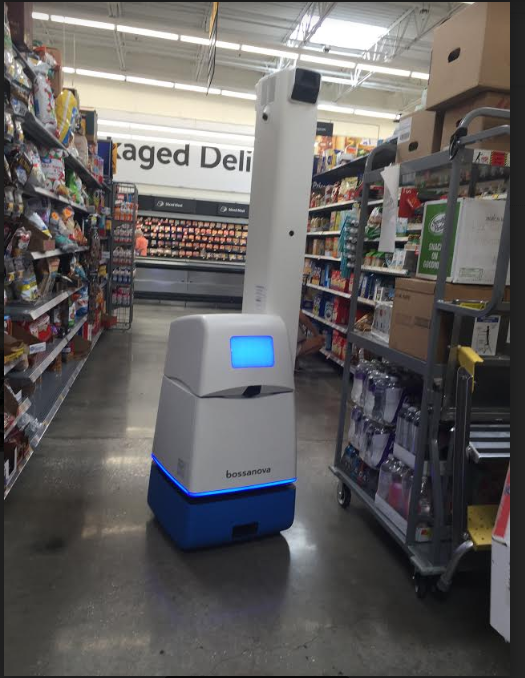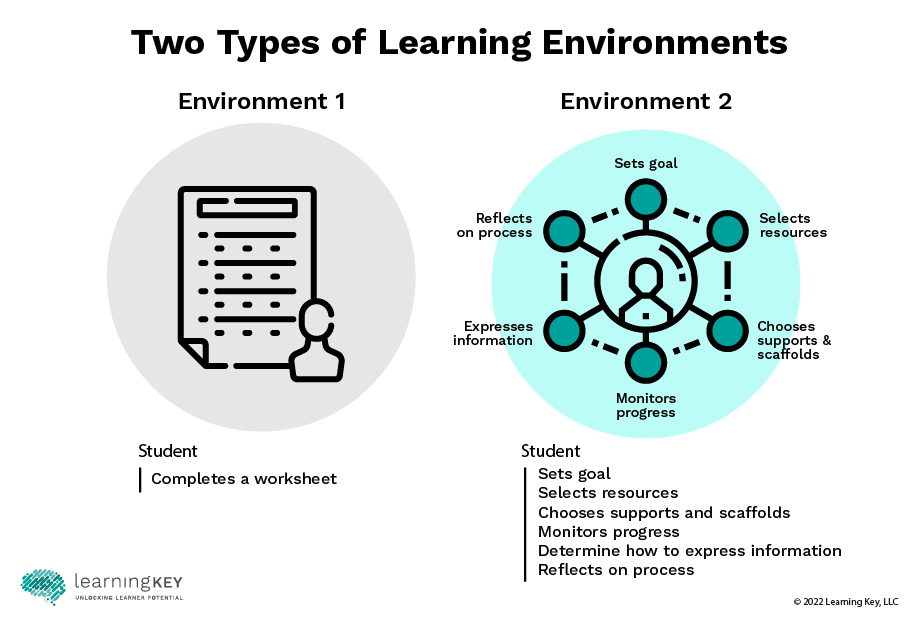Shifting from “mastering content” to developing expert learners — how an evolving society requires the learning environment to adapt.
From Novelty to Common Practice: Automation
Several years ago, as I was walking through a grocery store in Florida, I saw a smart machine that was working alongside human workers. When I asked the human employees about the machine, they quickly replied that it was one of their best employees: it always showed up on time, scanned all of the inventory correctly, and was efficient. Before the COVID-19 pandemic this was a novelty. It was pioneering technology that helped cut down on costs while increasing productivity.

Fast-forward to the present day where automation is no longer a novelty but rather a common practice. Food courts and fast-food restaurants now rely on kiosks to take orders and payments. Airport vending machines provide everything from snacks, essential items, electronics, and makeup to health foods and diapers. Stores now rely on robots to scan inventory and mop floors. The common denominator: machines are progressively replacing the need for people to work on tasks that are predictable, repetitive, or that don’t require creativity.

Changing the Education Landscape
While there are many benefits to robots (e.g., fewer long lines, smaller margin of error, lower costs for the business) it’s undeniable that automation is shifting the trajectory of what future jobs will look like. As a result, if we want our learners to thrive in an ever-evolving marketplace, the education landscape must change. Gone are the days where mastering content is critical; instead, we must ask whether we are preparing learners to become expert learners — learners who know how to learn. Information is universally available everywhere via smart devices, but do learners know what to do with it? Expert learners know how to learn, and not just what to learn. They are
Developing Expert Learners

In education we must therefore ask ourselves, does the assignment or task lead to expert learning? Consider, for example, Learning Environment 1 where a student does a worksheet. We should ask ourselves whether recall questions develop expert learners? Do recall worksheets develop learners who know how to learn and not just what to learn? Arguably, no. On the other hand, consider Learning Environment 2 where a student is arguing a thesis on the impacts of herbicides and pesticides on health and well-being. To convey their perspective they can either develop a podcast, blog or promotional video as a way to influence community practice. In the first scenario the student is in a prescribed learning environment: everyone is doing the same task with the same materials. The goal is to master content. In the second scenario, the student is actively making choices, choosing resources and supports, determining credibility, monitoring progress and expressing their ideas with the appropriate medium to influence community practice. One learning scenario is prescribed; the other allows for the learners to make decisions and to leverage critical thinking skills.
Call to Action
When we look at the trajectory of our global marketplace, we can quickly see how educational tasks that are repetitive and focus solely on mastering content will eventually no longer be transferable to the marketplace. Things that are repetitive and routine ultimately lead to automation. We must do more in the educational landscape to foster critical thinking skills and skills that lead to learners who know how to learn. As Margaret Mead once said, “Children must be taught how to think, not what to think.”
Where have you seen an example of automation? Share with us below. How does this impact what we must do in schools? How does this impact the learning landscape?
If you enjoyed this post, visit learningkeyworks.com for more content on how to design flexible learning environments. If you’re ready to unlock potential and develop expert learners, schedule a discovery call today.

Learning Key is committed to providing a website that is accessible to the widest possible audience, regardless of technology or ability. We are actively working to increase the accessibility and usability of our website. In the meantime should you experience any difficulty in accessing the Learning Key website or tools, please don’t hesitate to contact us at support@learningkeyworks.com.